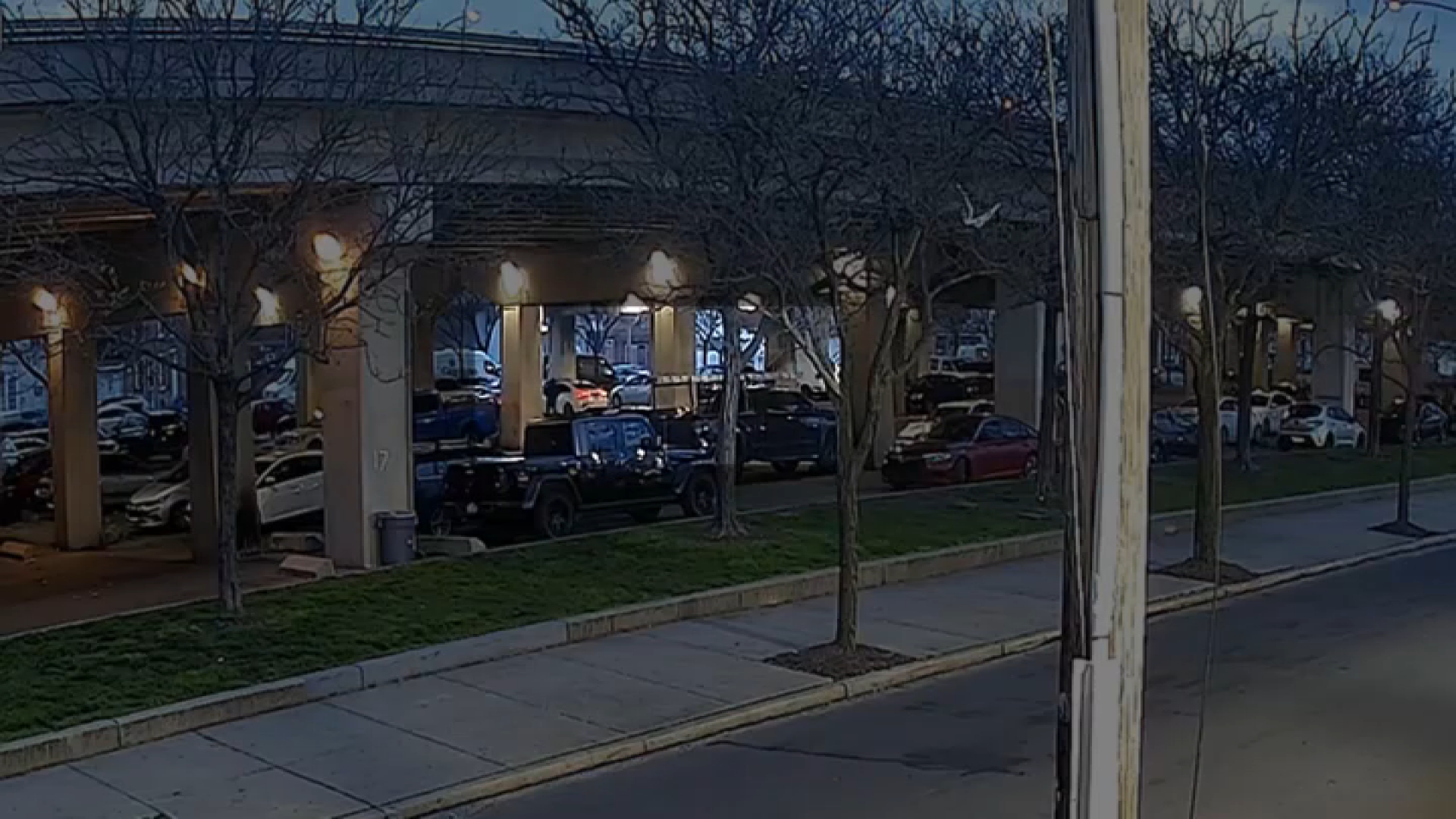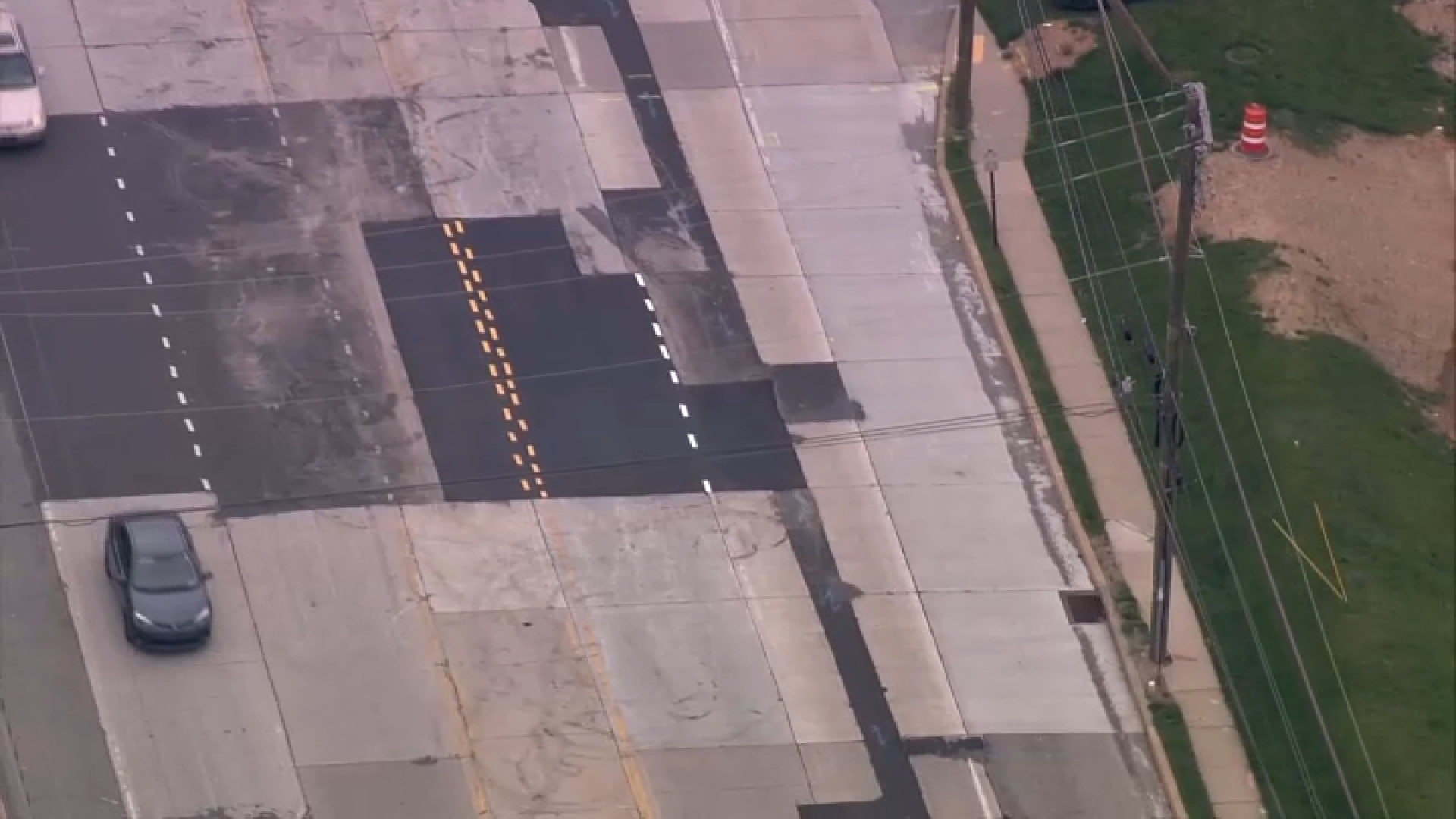Delaware students' performance on a new standardized test linked to Common Core academic standards shows a continuing achievement gap between black students and other subgroups.
Statewide, barely half of Delaware students, 52 percent, showed proficiency in English language arts on the Smarter Balanced assessment. Less than 39 percent scored proficiently in math, including less than one-fourth of 11th graders.
But new figures presented to the state Board of Education on Thursday showed that only 36 percent of black students met the proficiency standards on the English test, compared to 40 percent of Hispanic students, 55 percent of multiracial students, 64 percent of white students and 80 percent of Asian-American students. Only 15 percent of students categorized as English language learners scored proficiently on the English test.
In math, 22 percent of black students in grades 3-8 and 11 scored proficiently. Asian-American students led the proficiency ratings among various demographic subgroups, with 73 percent meeting the Smarter Balanced standards. Among white students, 51 percent scored proficiently, compared to 42 percent of multiracial students and 29 percent of Hispanic students.
Among high school juniors, barely a year away from entering college or the workforce, only 10 percent of black students scored proficiently in math, compared to about 31 percent of white students, and 57 percent of Asian Americans. The overall proficiency rate for 11th graders was 23 percent.
In English, 40 percent of black 11th-graders met proficiency standards, compared to about 60 percent of white students and 72 percent of Asian Americans. Overall, 52 percent of 11th graders scored proficiently in English.
"The gaps remain significant.... They're things that we will need to work on," said Carolyn Lazar, interim director of the state education department's Office of Assessment.
Local
Breaking news and the stories that matter to your neighborhood.
But officials noted that there did not appear to be an increase in the achievement gap when comparing result from other standardized tests.
"We have not seen the expansion of the subgroup gaps as many people feared we would," said Donna Johnson, executive director of the school board. ".... That tells us that we're doing a lot of good things, and a lot of work to build on."
An optional online survey that students were invited to take after the test showed little enthusiasm among high school juniors, 48 percent of whom reported that they did not try to do their best on the math test. More than half said they did not believe that their math classes prepared them well for the test.
But officials noted that only a tiny fraction of 11th graders responded to the survey, accounting for only 1.4 percent of the more than 7,000 survey respondents.
"This data in my mind is suspect. It's self-selected," said school board member Patrick Heffernan. "There's a certain kind of person who would answer that question."



